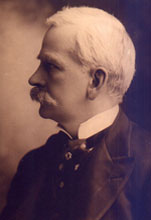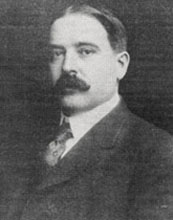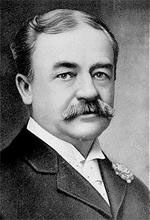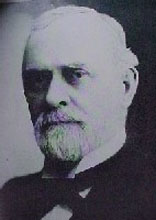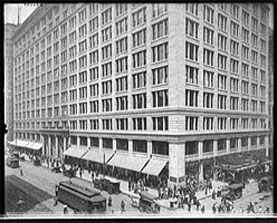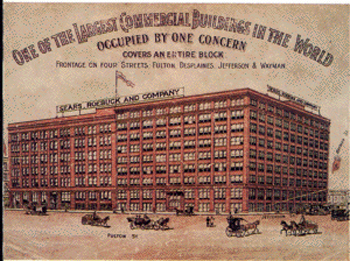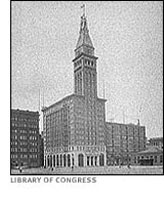The entrepreneurial spirit is “one of risk taking, innovation, and pushing the limits of what's known and understood. Entrepreneurs dream up visions. And when they make these visions real, they create value - financial, social or cultural. Entrepreneurs view change as a force of possibility rather than as a creator of problems.” - Claudette Rowley (1)
The entrepreneurial spirit of Chicago is evident in several of the course readings. For instance, in Erik Larson's The Devil in the White City , Larson accounts for the World's Columbian Exposition as a showcase for new entrepreneurial talent, including Cracker Jack and the Ferris Wheel. However, Chicago's entrepreneurial spirit is most notably present in Chicago's retail economy; specifically, the transformation of Chicago into one of the world's premier shopping destinations. Another course reading relevant to Chicago's retail economy is Theodore Dreiser's Sister Carrie. The department stores of Chicago share a special relationship with the city's women as a destination to flaunt material possessions and social status to various members of the community. Dreiser's Carrie follows a similar lifestyle, self promotion being one of her defining characteristics.
Retail Entrepreneurs
Exploring Chicago's many retail venues is an activity atop every visitor's to-do list. The bustling shopping mecca of today's Chicago is rich in history and tradition. Many of America's landmark department stores and retail chains began in Chicago. The founding fathers of Chicago's retail economy include: Marshall Field, Richard W. Sears, Aaron Montgomery Ward, and Potter Palmer. The influence of these major contributors in shaping the economy of Chicago and America is truly a credit to the magnificent entrepreneurial spirit of Chicago.
Department Stores
“Chicago's department stores played a major role in the transformation of the city's everyday life during the early twentieth century. Dedicated to improved customer service and enticing advertising campaigns, the modern department store looked nothing like its predecessor, the dry-goods store. For the city's better-off women, a visit to one of the city's department stores, the largest of which lined State Street in the Loop , was much more than just a quick errand. With restaurants, beauty salons, ladies parlors, and other amenities, the stores offered women a well-rounded social experience that often evolved into an all-day outing. While visiting the store, women educated themselves about the latest styles and trends in apparel, cosmetics, home furnishings, and family activities. Such knowledge was crucial to their effort to demonstrate their family's moral and social respectability through publicly displayed material possessions. Through their combined efforts, department stores and the women who shopped them helped the city's more conservative middle-class cope with the moral anxieties and social insecurities of the increasingly unpredictable modern age.” (2)
Works Cited | Notes | Credit | Midwestern Literature
